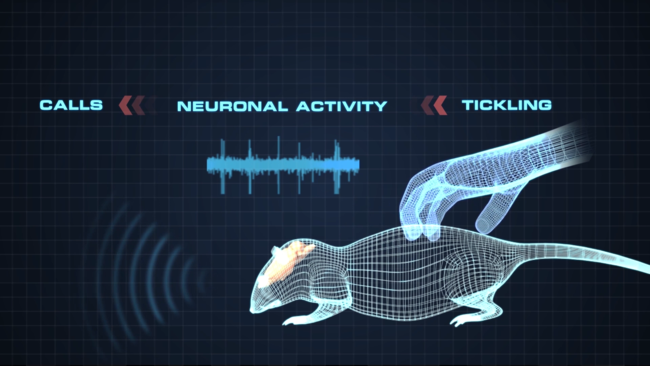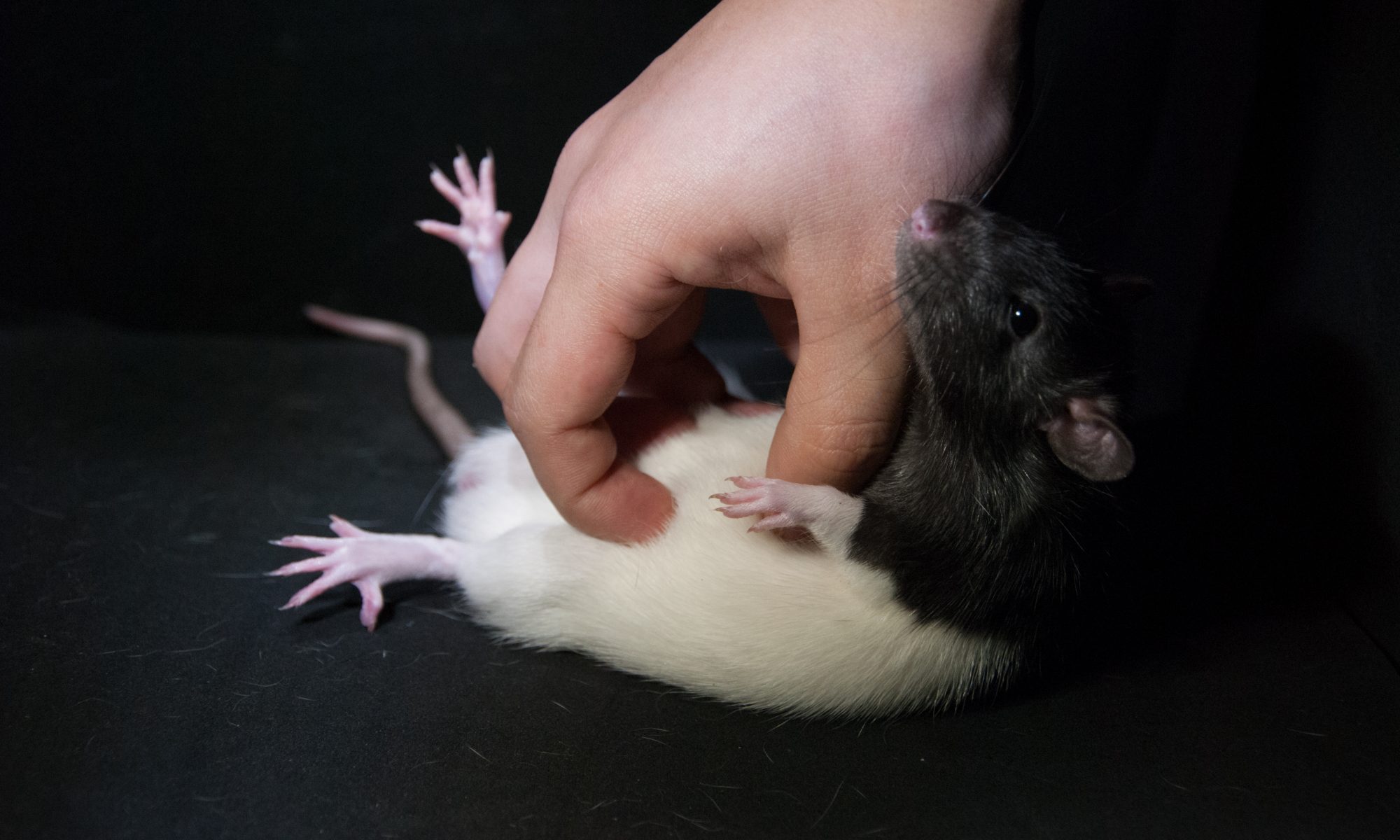
We aim to understand neuronal basis of fun and laughter. Thus, we tickle rats.
In neuroscience, there’s an imbalance in research attention—while negative experiences like pain and depression are extensively studied, positive emotions are less frequently examined. Yet, understanding the neural basis of happiness is equally important. It’s not solely about improving mental health therapies; it’s about comprehensively understanding brain function. Our goal is to deepen our knowledge of what a happy brain entails. By doing so, we aim to broaden our grasp of the brain’s full range of experiences. Knowledge of the happy brain is a fundamental piece of the puzzle in our quest to understand the human condition.
Ticklishness is a mysterious form of social touch inducing nearly uncontrollable laughter. Children and even young rats often involve tickling in their play. Ticklishness has been a deep mystery over two millennia since Aristotle asked why we cannot tickle ourselves.


This topic, however, is largely ignored in contemporary neuroscience.
Our research extends beyond neurophysiology in tickled rats, embracing a multidisciplinary approach to explore the phenomena of ticklishness and fun across a diverse array of species, including humans, mice, and hamsters.
